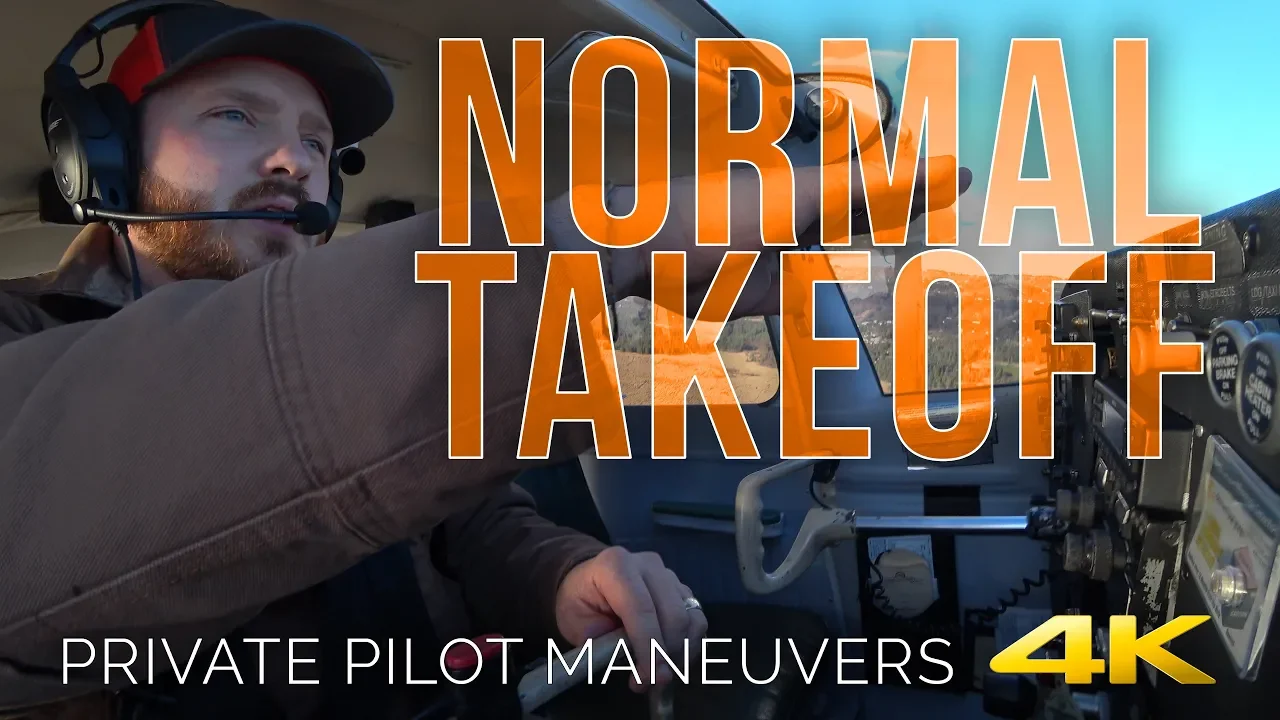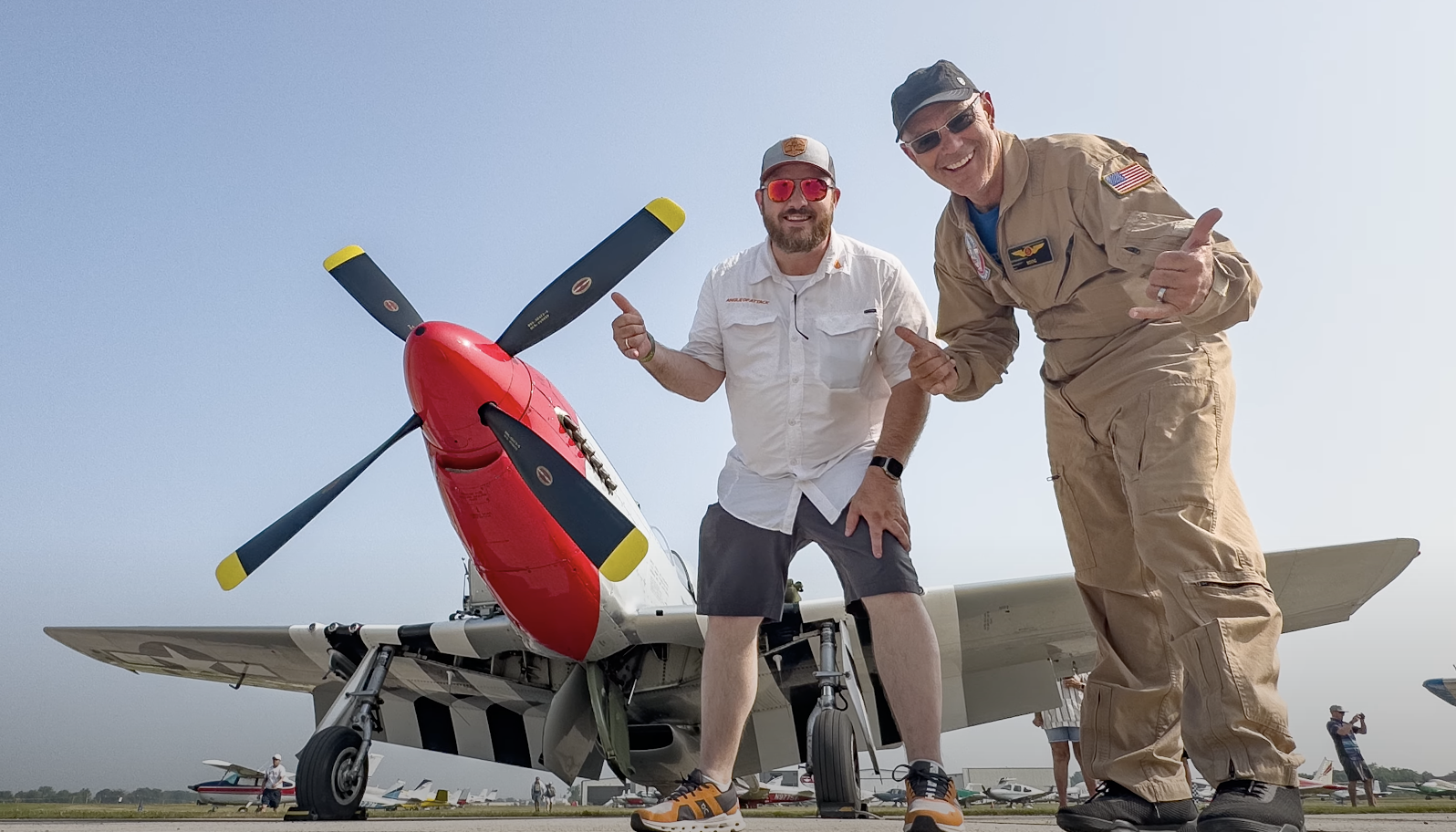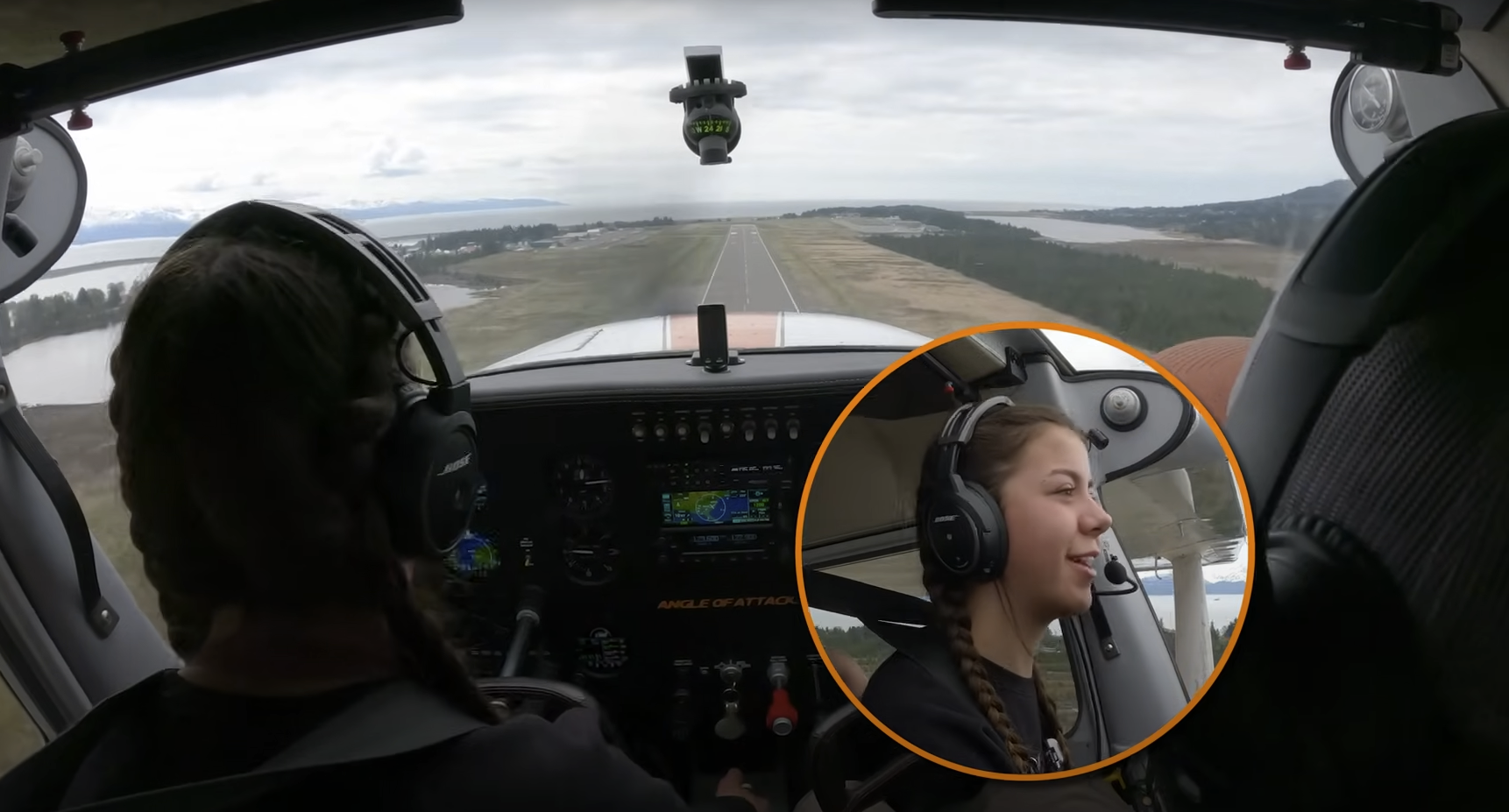
How to fly a normal takeoff is just that; a takeoff done under normal conditions and circumstances. In other words, we are operating on a hard surface runway, with plenty of length, good terrain or obstacle clearance, and no other wind factors of note. A normal takeoff is a takeoff in the most basic form.
In other videos, you’ll find how this procedure is modified when other circumstances demand a change. That could be soft ground (grass, mud, sand, loose gravel, etc) or a short field (short runway length) and even throwing in an obstacle. In this case, the takeoff will go something like this.
Initial Radio Call
Make a radio call stating your intentions. Pull out onto the runway, and check the final approach course. Oftentimes someone will land on the runway, or won’t communicate on the local radio. Verify always. Now align the aircraft with the centerline, and use as much runway as practical. The runway you leave behind doesn’t do you any good.
Full Power Up
Apply FULL power in less than 3 seconds. Count out at “one, one thousand” etc if you need a guide on time. No more than 3 seconds. (Power application is important for optimal performance). As that engine spools up, the aircraft will want to veer to the left. The propellor has what are called left-turning tendencies. There are 4: gyroscopic, torque, slipstream, and P-factor. Left turning tendencies are particularly powerful at high power and low airspeed, on things like takeoff and climb. Because of this left-turning tendency, you’re going to need right rudder PRESSURE. Increase and decrease this pressure on your foot (don’t touch the brakes) to maintain centerline throughout the takeoff, and coordination in the climb.
Now that propeller is pulling us down the runway, we’re accelerating to a point where there’s enough to lift to become ‘unstuck’. During these fuel seconds of acceleration, take a few moments to make sure the ‘airspeed is alive’ (needle is moving upward, aka you didn’t forget to take off the cover) and ‘engine instruments are in the green’ (the engine is running well and all is normal at this high RPM).
Liftoff or ‘rotation’ is quickly approaching. While some people look for a specific airspeed, the aircraft tells you a lot more by simply looking outside. By keeping your eyes outside, you can maintain centerline alignment, and feel when the airplane gets ‘bouncy’ on the tires. If you get the point to where the plane feels bouncy, it’s already well past the point of flying.
So, your eyes are out the window, going straight on centerline with varying amounts of rudder pressure on the right, and you’re going to ease back on the yoke (or stick) as you need the point when you think the aircraft should lift off.
With just a little bit of pressure in the right direction, the aircraft will be encouraged to smoothly rotate into the air, increasing the angle of attack, and leaving the ground. We just went from a land-based machine to an air-based machine.
The aircraft now needs some immediate, deliberate adjustments after liftoff.
Basic Steps
First, continue to maintain the centerline track and ‘crab’ into the wind as needed to track the runway outbound. If something goes wrong, the runway will be right underneath us when the choice comes down, assuming we still have the runway to use.
Second, pitch attitude. The pitch attitude in this 172 should be set so the top of the cowling meets the horizon. By visually checking that, and then trimming the aircraft, it should give us Vy, or best RATE of climb, or our greatest climb over time.
Third, if you haven’t already, re-trim the airplane. For each attitude change you make, there will need to be a change made in trim.
Now you’re well on your way, climbing out at Vy, departing on the centerline. Keep your hand on that throttle until leaving the pattern, and enjoy your journey ahead! If you have any questions or to learn more visit us at Angle of Attack.
Chief Flight Instructor and President of Angle of Attack. Founded in 2006.

Stay Connected
Be the very first to get notified when we publish new flying videos, free lessons, and special offers on our courses.





